Deck & Commander Strategies
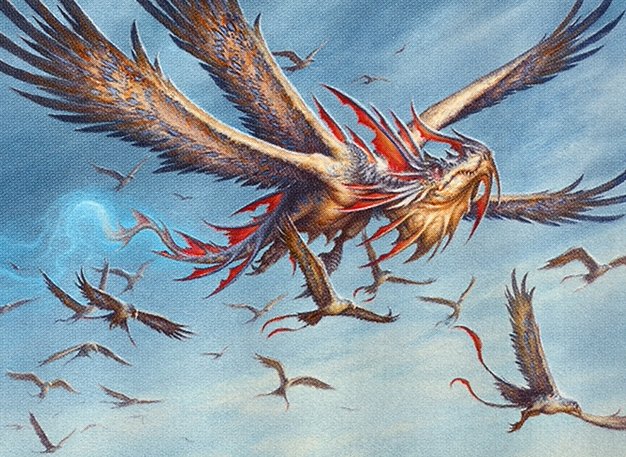
Akim, the Soaring Wind
Generate a large number of bird tokens to control the skies and apply pressure through flying creatures.

Rith, the Awakener
Produce saproling tokens and leverage token synergies to overwhelm opponents with a steady stream of creatures.

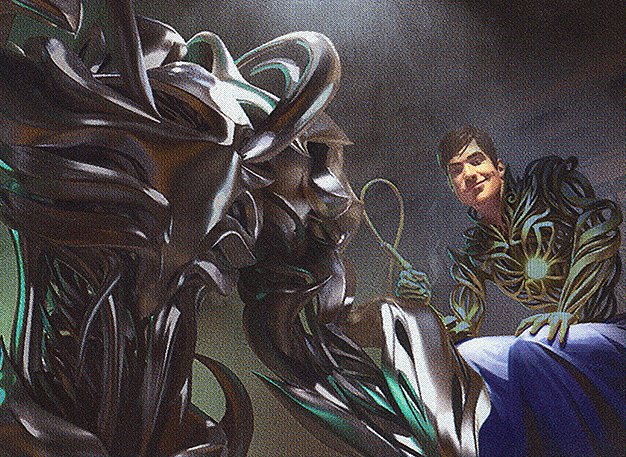
Silas Renn, Seeker Adept & Ardenn, Intrepid Archaeologist
Create and recur Blood-Forged Battle Axe tokens, using equipment recursion and token duplication to maintain a durable board presence.
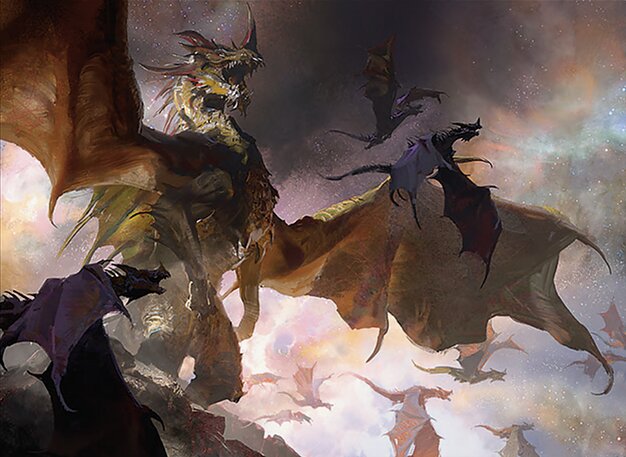
The Ur-Dragon
Generate dragon tokens to leverage tribal synergies, aiming to dominate the battlefield with large flying threats.
Gameplay Insights
- 1
The use of Guided Passage provided card draw and political leverage early, crucial for setting up token strategies.
- 2
Silas Renn and Ardenn's recursion and token creation combination made it difficult for opponents to permanently remove key equipment tokens.
- 3
Rith's inclusion of Sprout Swarming highlighted a niche token synergy that, while powerful in limited, was adapted for commander play to produce saprolings.
- 4
Players discussed the impact of turn order in multiplayer Commander and suggested potential house rules to balance the disadvantage of going last, highlighting the importance of tempo and early token establishment.
- 5
The Ur-Dragon's dragon token approach was an unconventional but flavorful twist on traditional dragon tribal decks, focusing on quantity over quality of dragons.
Notable Cards
-
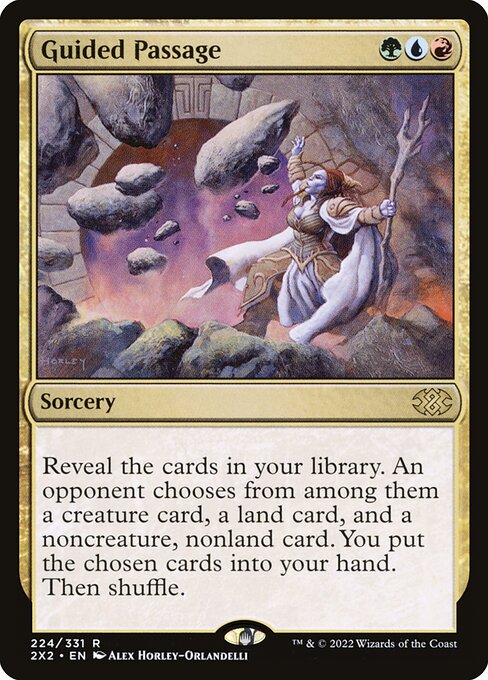
Guided Passage
-
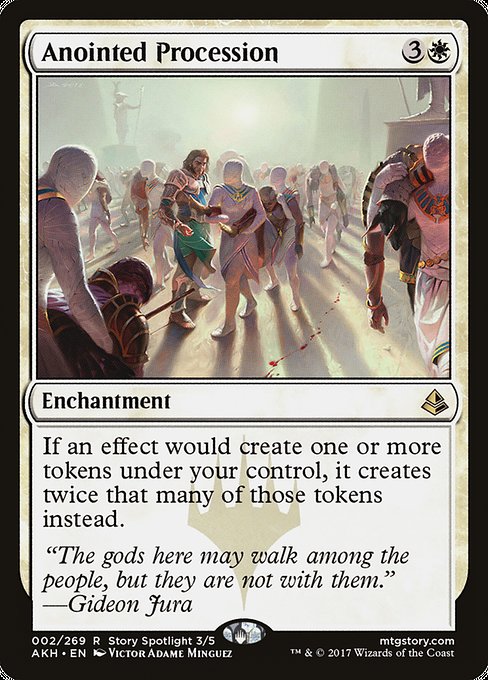
Anointed Procession
-
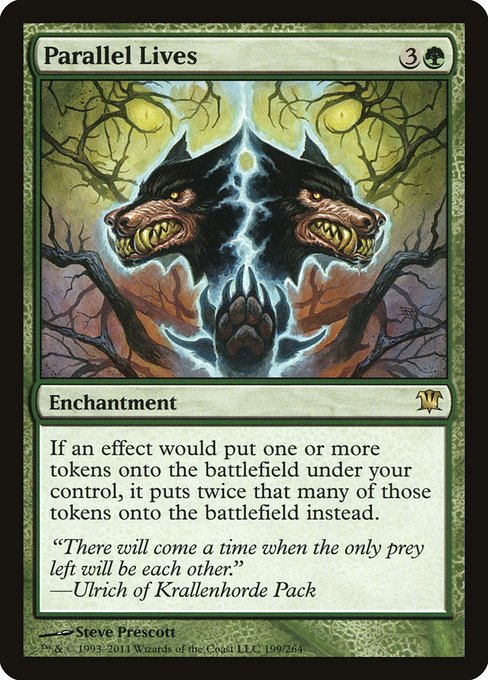
Parallel Lives
-
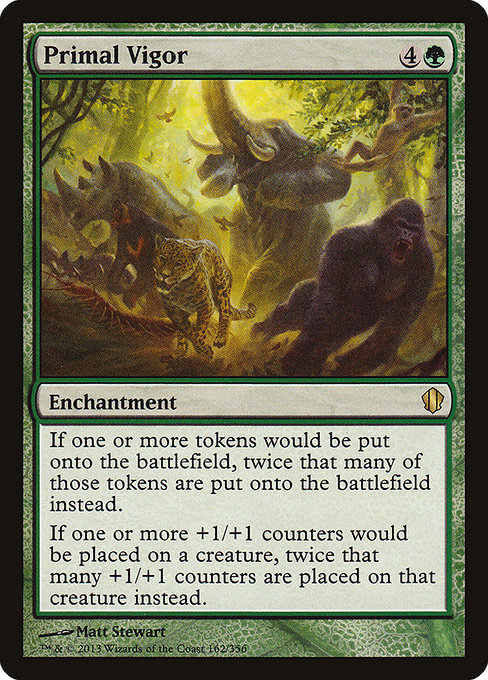
Primal Vigor
-

Skullclamp
Gameplay Summary
The game began with each player piloting a token-focused deck, each employing different commanders and strategies to flood the battlefield with tokens.
Akim, the Soaring Wind generated primarily bird tokens, emphasizing a flying token swarm.
Rith, the Awakener focused on producing saproling tokens, leveraging unique token synergies and token creation spells.
Silas Renn paired with Ardenn, Intrepid Archaeologist to generate and recur Blood-Forged Battle Axe tokens, creating a persistent threat that could be re-equipped and duplicated.
The Ur-Dragon deck took a different approach by creating dragon tokens, a less common but potent token subtype that aimed to overwhelm opponents with large, flying creatures.
Early turns involved ramp and token generation, setting up boards with various token types while jockeying for tempo and board presence.
Midgame saw interactions around protecting and enhancing token armies.
The Silas and Ardenn deck attempted to leverage recursion and equipment synergies to maintain pressure, while Rith's deck tried to maximize saproling production with spells like Sprout Swarming.
Akim's deck utilized efficient bird token production to chip away at opponents.
The Ur-Dragon deck faced setbacks in testing but aimed to capitalize on dragon token synergies once established.
The gameplay revolved heavily around board state management, token multiplication effects, and political maneuvers to gain incremental advantages.
Though the video transcript cuts off before a resolution, the main conflict centered on who could best capitalize on their token synergies and protect their key pieces while disrupting others' token production.



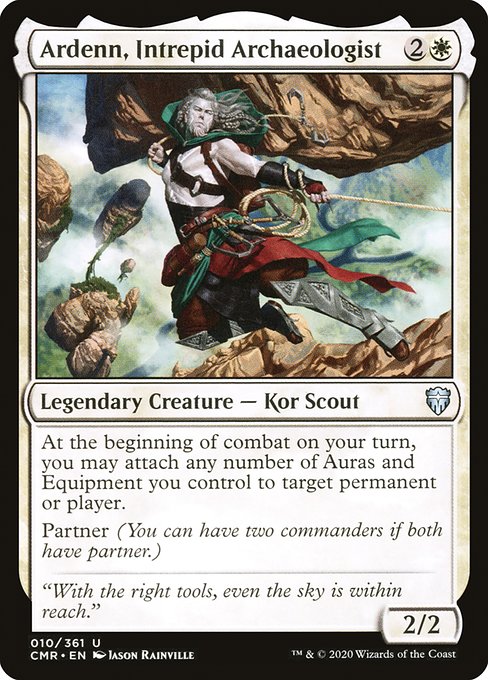





























![Commander Randomizer Part 2 [Commander VS 316] | Magic: the Gathering Commander Gameplay thumbnail](https://i.ytimg.com/vi/okRK1jVYfno/sddefault.jpg)

![Commander Versus Series: Rith (Justin Parnell) Vs. Treva (Stephen Green) [Magic: the Gathering] thumbnail](https://i.ytimg.com/vi/cBCPJZhQSp4/sddefault.jpg)







